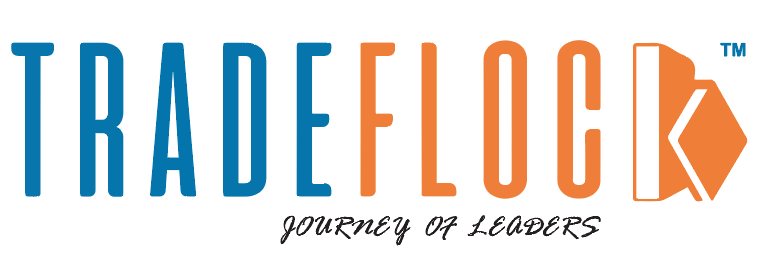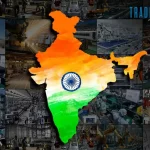The resilience of operations in India has been a notable example for the rest of the world in business, especially during the COVID-19 pandemic. Although scale and cost advantages have long been the hallmark of the country, the real reason India stands out is its capacity to embrace and adapt to disruption through decentralized supply chains, grassroots innovations, and a culture of improvisation known as jugaad. The core of Indian resilience is a combination of informal agility and systemic reinvention that makes its operational models not only adaptive but profoundly rooted in the realities of the emerging market complexity.
Table of Contents
Grassroots Supply Chains: Scale Decentralization
India’s supply chain is highly decentralized due to geography, demographics, and infrastructure variability. This fragmentation, with many small players and local logistics, proved advantageous during the COVID-19 pandemic. It allowed quicker adaptation compared to centralized systems, as local markets, transporters, and retail networks maintained last-mile delivery during lockdowns.
Companies like BigBasket and Reliance Retail collaborated with local stores, turning them into micro-fulfillment centers. MSMEs, often family-owned and locally connected, rapidly restructured production, ensuring supply continuity.
Jugaad: Cheap, Adaptive, Practical
Jugaad, often translated as hack or quick fix, is a deeper philosophy of improvised solutions within limits, reflecting necessary innovation that supports India’s operational challenges. It is closely linked to grassroots innovation, as evident in low-cost devices like the Jaipur Foot, improvised logistics vehicles made from scrap, and, during the COVID-19 pandemic, in the rapid production of ventilators, mobile vaccine units, and affordable sanitizers.
Companies like Mahindra and Marico have formalized jugaad into R&D and operations. Small-scale workarounds often evolve into scalable commercial solutions, providing advantages in global markets that value low-cost, high-value products.
Digital Leapfrogging and Post-COVID Agility
The other foundation of India’s operational resilience is digital infrastructure. Following COVID, companies not only increased digitalization at the enterprise level but also at the level of the supply and delivery chain.
The emergence of platforms like ONDC (Open Network for Digital Commerce) has led to the democratization of digital retailing, enabling even the smallest sellers to engage in online retailing. Fintech infrastructure, based on Aadhaar, UPI, and mobile penetration, ensures that transactions, credit, and payments are simplified throughout the supply chain.
Both startups and SMEs have utilized WhatsApp Business, online inventory systems, and e-logistics platforms to restore their operations, which had been disrupted, and develop agile service delivery systems. This digital leapfrogging has enabled the Indian operations to create scale without massive capex, which is a necessity in a cost-sensitive market.
Case Studies: Resilience in Practice
Amul: The largest dairy cooperative in India, Amul exemplifies the resilience of the grassroots. Amul has operated a network of 18,000 village cooperatives and was able to provide a milk supply during the pandemic without major disruptions. Their distributed structure and local-level digital monitoring, along with a cold-chain supply chain, enabled them to coordinate quickly, even when people were under mobility constraints.
Zomato: The food-tech company was one of the first to adapt to pandemic limitations, shifting to grocery and essential deliveries using its established logistics system. Zomato also initiated programs to support restaurant partners and delivery workers, incorporating social welfare into its operational processes.
TVS Motor Company: The company undertook the agile feature of utilizing Industry 4.0 to conduct predictive maintenance and quality inspections. It also utilized local supplier networks to localize parts supply and reduce reliance on global suppliers that were disrupted.
Informal Networks and Human Capital
The workforce in India is also strongly connected to operational resilience. The informal sector, where more than 80 percent of the national labor force is employed, frequently works without a formal contract or a strict procedure. But it is very responsive.
In the case of COVID-19, companies that had invested in community engagement and inclusive HR practices experienced a quicker recovery of their workforce and business. Textile, agricultural, and logistics firms enjoyed close ties to informal labour networks. Trust, social capital, and local ownership were able to fill in the spaces left by formal structures in most instances.
The Playbook of India on Resilient Operations
The operations model in India faces challenges, including fragmentation, compliance burdens, and infrastructure inconsistencies. However, it remains resilient because it can turn adversity into innovation, decentralization into agility, and informality into flexibility.
As global companies redesign their supply chains to be resilient rather than efficient, India offers important insights. Its grassroots networks, jugaad mindset, digital flexibility, and inclusive human capital approaches are not only coping mechanisms but also competitive advantages.
The operational DNA of India provides a robust framework for organizations operating in an uncertain world, enabling them to create systems that remain resilient. The global order after the pandemic is not only about resilience as a buzzword but also as a business necessity. And India does it like few others.






